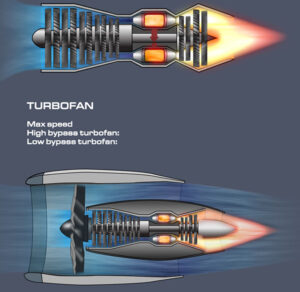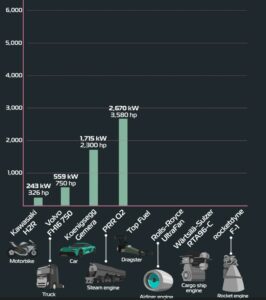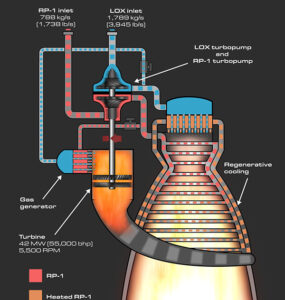
The capabilities of artificial intelligence are progressing rapidly. What’s around the corner?
Here’s a timeline of significant milestones in the world of artificial intelligence:
1964 - Eliza
The Eliza computer program was an early example of Natural Language Processing (NLP). As one of the first chatbots, it gained notability for being able to attempt the Turing test. The Turing test, which was conceived by computer pioneer Alan Turing, assesses the intelligence of a machine by its ability to exhibit human-like behavior.
1972 - Shakey the Robot
Shakey the Robot was the first general-purpose robot with reasoning abilities. Its development combined various fields of computer science and robotics in a way that had never been done before.
1997 - IBM's Deep Blue
After having lost a six-game series in 1996, IBM’s Deep Blue returned to defeat chess world champion Garry Kasparov in 1997. Deep Blue used an alpha-beta search algorithm and at the time of the 1997 contest, was the 259th most powerful supercomputer.
Despite Deep Blue’s imposing setup, Kasparov accused it of cheating. He claimed that human intervention must have occurred during the matches.
2005 - DARPA Grand Challenge
The DARPA Grand Challenge is a competition for autonomous vehicles. The inaugural competition in 2004 failed to have any finishers. But in 2005, five cars completed the 212km course, with Stanley taking first place honors in a time of 6 hours and 54 minutes.
2011 - IBM's Watson
IBM’s Watson defeated two Jeopardy! champions in 2011 to win $1 million in prize money. To play Jeopardy! Watson relied on a complex mix of computer sciences including machine learning, natural language processing, and information retrieval.
2012 - Google Brain
The achievements of Google’s ‘brain’ simulations were a big leap forward in the field of deep learning.
The artificial neural network constructed by Google trained itself to identify cats by scanning images from randomly selected YouTube videos. This is despite the fact that it was never given any information on what a cat is, or what it should be looking for.
2016 - AlphaGo
In 2016, DeepMind’s AlphaGo defeated 18-time Go world champion Lee Sedol. Due to the large board size (19 x 19 squares) and the number of possible moves, Go is considered to be computationally much more exhaustive than chess. Even Elon Musk, who is usually over-optimistic when it comes to AI progression, predicted that computers were 10 years away from beating top Go players.
AlphaGo relied on artificial neural networks to progressively ‘learn’ and improve its playing performance. This is a different approach to IBM’s Deep Blue, which used fixed probability algorithms to beat Kasparov at chess.
2029 - Artificial General Intelligence
Esteemed futurist Ray Kurzweil predicts that human-level artificial intelligence will be achieved by the end of this decade.
Will he be right?
Check out the video version of this infographic here: https://www.youtube.com/watch?v=Veb5uev9aPk


